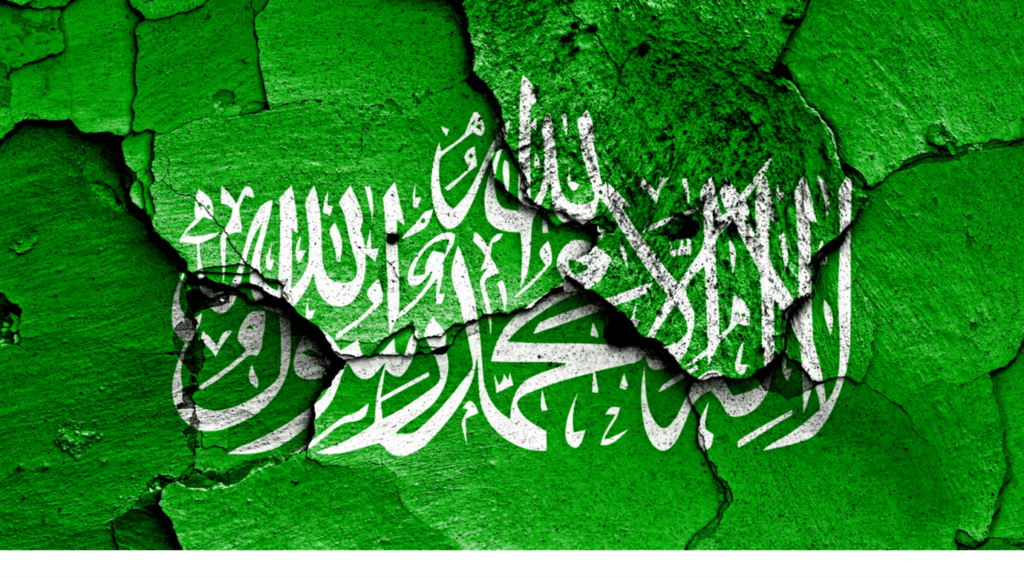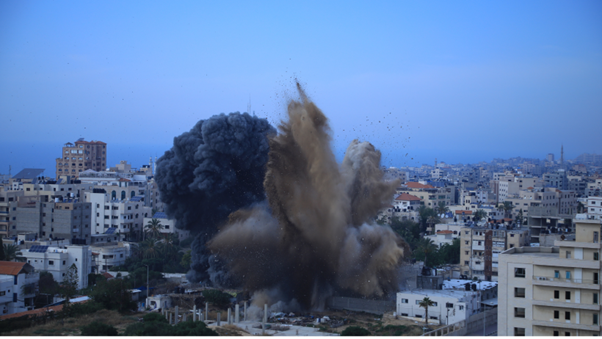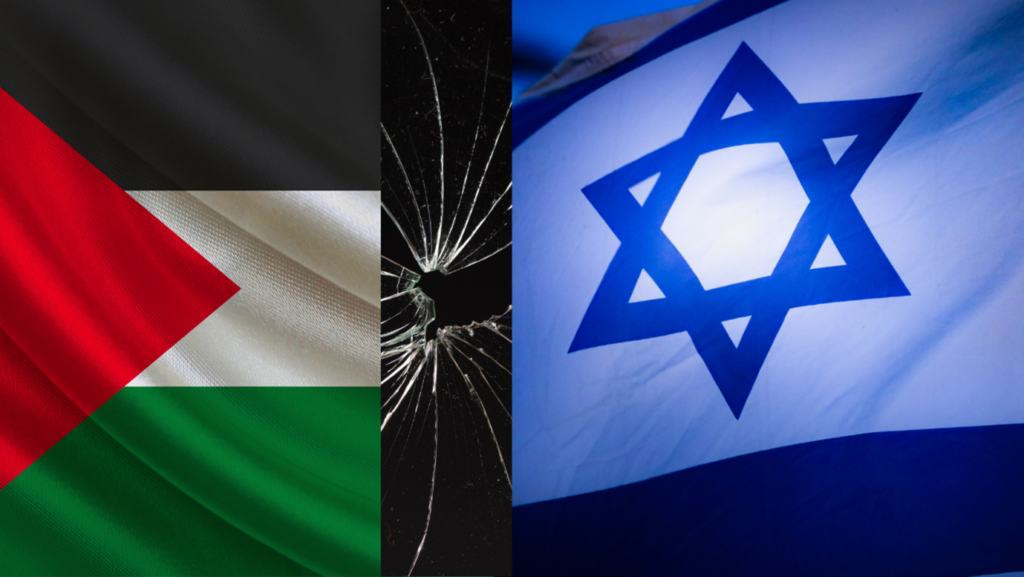Table of Contents
Introduction
The longstanding conflict between Hamas and Israel has once again erupted into a devastating and bloody dispute, with the past three days witnessing a surge in violence that has left countless lives shattered and communities in ruins. This ongoing war is a grim reminder of the deep-rooted tensions in the region, highlighting the urgent need for a lasting solution to achieve peace in the Middle East.
What is the Historical Background of the Israel- Palestine conflict?
To understand the current conflict, it is essential to delve into its historical context. The Israel-Palestine conflict dates back over a century, with the roots of the tension tracing back to competing national aspirations, territorial disputes, and religious complexities.
What is Hamas and what are the Hamas fighting for?

Hamas, an Islamist organization founded in 1987, has been a prominent actor in this conflict. It seeks to establish an independent Palestinian state, including the West Bank, Gaza Strip, and East Jerusalem, with an Islamic character. Hamas has consistently opposed the existence of Israel, further intensifying the conflict.
What is Israel and Hamas fighting about?
The Ongoing Conflict
The recent escalation began when tensions reached a breaking point due to several factors, including:
1. Evictions in East Jerusalem: The planned eviction of Palestinian families from the Sheikh Jarrah neighbourhood in East Jerusalem by Israeli settlers sparked outrage and protests among Palestinians, leading to confrontations with Israeli forces.
2. Violent Clashes at Al-Aqsa Mosque: During the holy month of Ramadan, clashes erupted at the Al-Aqsa Mosque compound in Jerusalem, one of the holiest sites in Islam, as Israeli police stormed the area, leading to multiple injuries and fatalities.
3. Hamas Rocket Attacks: In response to these developments, Hamas launched a barrage of rockets from the Gaza Strip into Israeli territory, targeting cities such as Jerusalem and Tel Aviv. These attacks have resulted in civilian casualties and extensive damage.
4. Israeli Military Response: Israel retaliated with airstrikes on Gaza, targeting Hamas infrastructure and leadership. The Israeli Défense Forces (IDF) claimed that these airstrikes were aimed at weakening Hamas’s military capabilities.
Humanitarian Crisis

The ongoing conflict has created a dire humanitarian crisis in Gaza, with thousands of Palestinians fleeing their homes to escape the violence. Hospitals, schools, and critical infrastructure have been damaged or destroyed, exacerbating the suffering of the civilian population. Access to basic necessities like food, water, and medical supplies has become increasingly challenging.
How does the International Community Respond to the Israel-Hamas fight?
The international community has expressed deep concern and called for an immediate ceasefire. Diplomatic efforts led by various nations and international organizations are ongoing, aiming to broker a truce and initiate a dialogue for a long-term solution. The United Nations and other humanitarian organizations are providing aid to those affected by the conflict.
What is the Way Forward to end the crisis between Hamas & Israel?
The cycle of violence between Hamas and Israel has persisted for decades, causing immense suffering and instability in the region. Achieving a lasting peace is a complex and challenging task that requires the commitment of both parties, as well as international support.
1. Ceasefire: The first step is an immediate ceasefire to halt the bloodshed and allow humanitarian aid to reach those in need.
2. Diplomacy: Engaging in meaningful negotiations and dialogue is crucial for finding a just and lasting solution to the conflict. The two-state solution, with mutually agreed-upon borders, remains a widely accepted framework for peace.
3. International Involvement: International actors, including the United States, the United Nations, the European Union, and neighbouring Arab states, must play a constructive role in mediating and facilitating the peace process.
4. Addressing Root Causes: Addressing issues such as settlements, the right of return for Palestinian refugees, and the status of Jerusalem will be essential in any comprehensive peace agreement.
Read Also: Demystifying Artificial Intelligence: A Simple Introduction
Conclusion
The ongoing conflict between Hamas and Israel is a stark reminder of the urgent need for a peaceful resolution in the Middle East. The past three days have witnessed a surge in violence that has brought suffering and destruction to both sides. It is imperative that both parties, with the support of the international community, work toward a ceasefire and long-term peace to prevent further bloodshed and pave the way for a brighter future for the region. The road to peace may be long and challenging, but the human cost of continued conflict is too high to bear.



